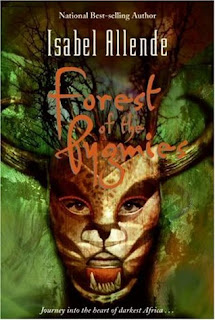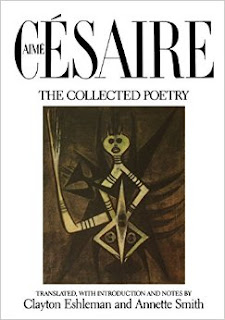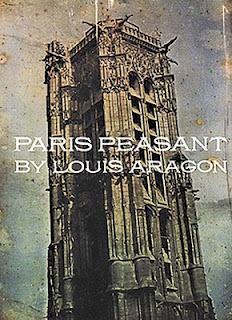Barnes, Djuna & Winterson, Jeanette
(introduction).
Nightwood, London : Faber & Faber, 2015.
Barnes is an American-born author who provided valuable contributions to French surrealism. Nightwood is a character-driven work of
psychological surrealism that takes place in Paris and Vienna between
the World Wars. Felix Volkbein is an orphaned international banker
with a fictitious noble lineage, who is drawn to a number of bizarre
and extraordinary characters including medical student Dr. Matthew
O'Connor, and circus publicist Nora Flood. Volkbein is eventually
left with his new son by his wife, Robin, who is incapable of making
lasting attachments, and goes on to form and leave relationships with
a number of other women, including Nora Flood, who's lives and
experiences intertwine. The story culminates in O'Connor and Nora
“the pain of degradation and loss that humans are born for, which
for Nora and other characters in the novel is embodied in Robin.”
(Nightwood By: Murphy, Russell Elliott, Masterplots, Fourth Edition)
Using layering of emotional and
intellectual storylines, Barnes' eccentric characters reactions to
their life events are used as “confrontations of cultural values;
breakdowns in the social order as traditional class structures decay;
daring sexual-psychological interpretations of human character and
motivation; and a keen, almost morbid attention to eccentric and
morally outrageous behavior.” (Nightwood By: Murphy, Russell
Elliott, Masterplots, Fourth Edition)






